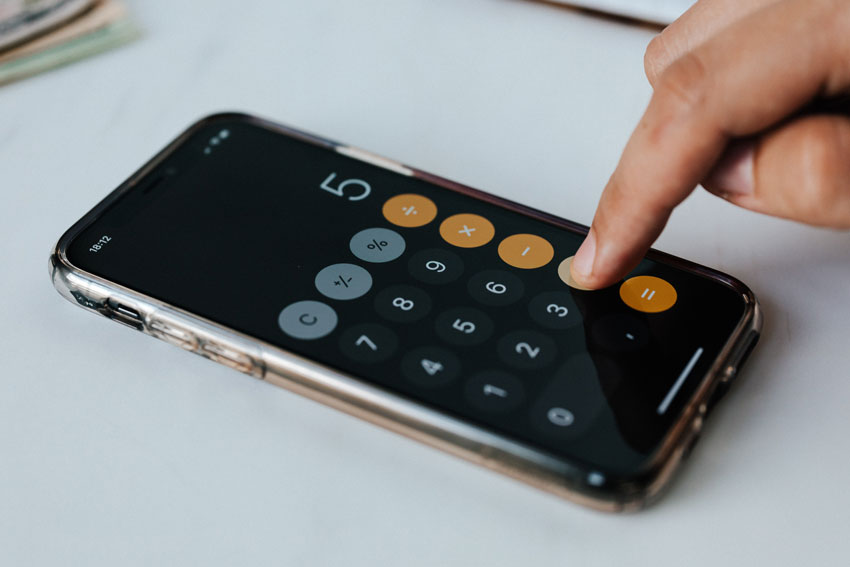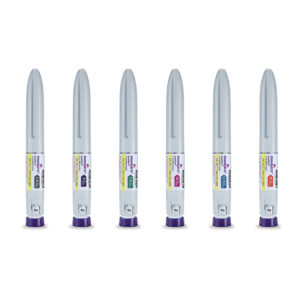When it comes to weight management, there can be a little bit of maths involved.
Part of this involves calculating weight loss percentages.
Although 2lbs is the same for everybody, percentages depend on your starting weight.
For example, someone weighing 300lbs will need to lose more than someone weighing 250lbs to lose 5% of their starting weight.
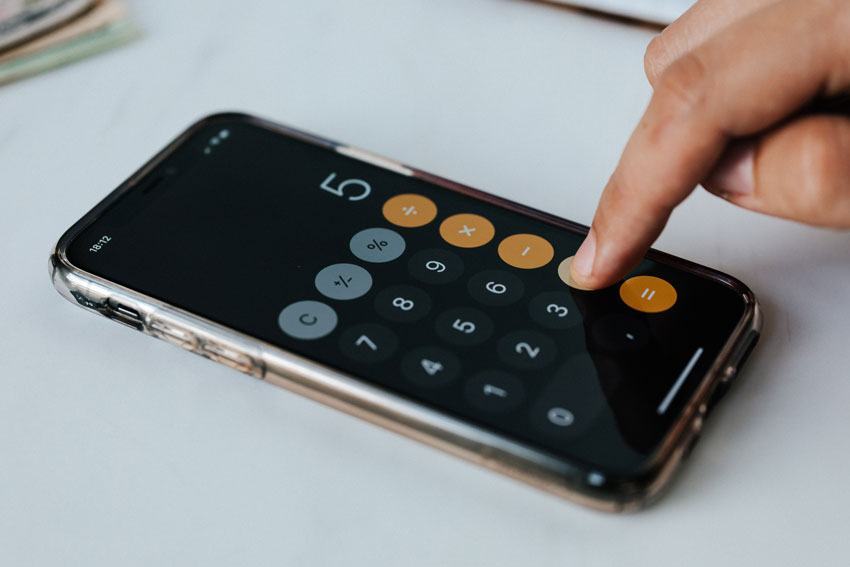
Percentages can be tricky to work out if you don’t know the formula for the sum you need.
Firstly, we’re going to show you how to work out 5% of your starting weight to find out how much you need to lose to reach your first goal.
Formula: P% * X = Y
P is the percentage, which in our case is 5%.
X is your starting weight. As an example, we’ll use 254lbs.
You can calculate your own weight in lbs or kilograms as long as you stick to the same unit for calculations.
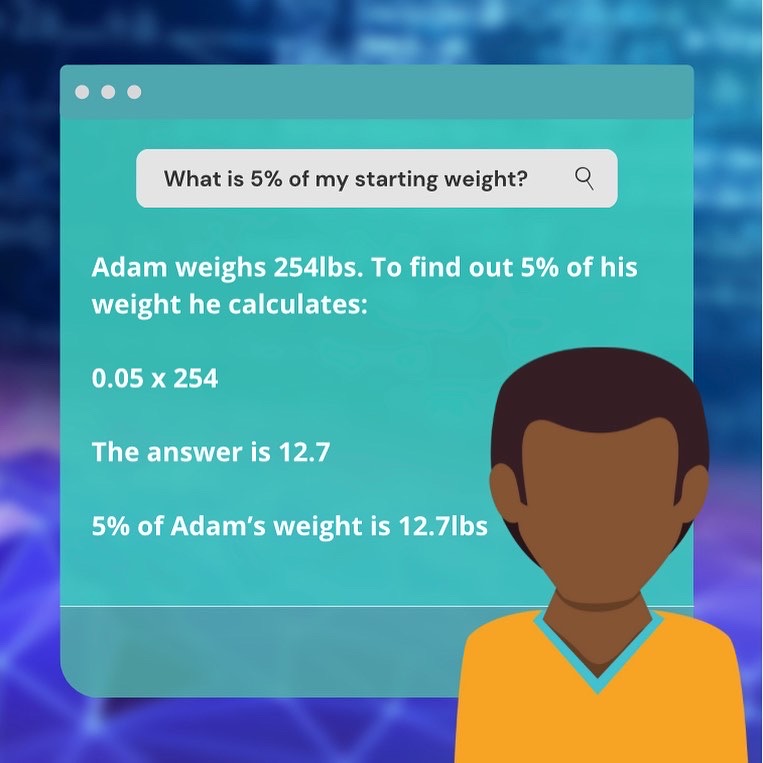
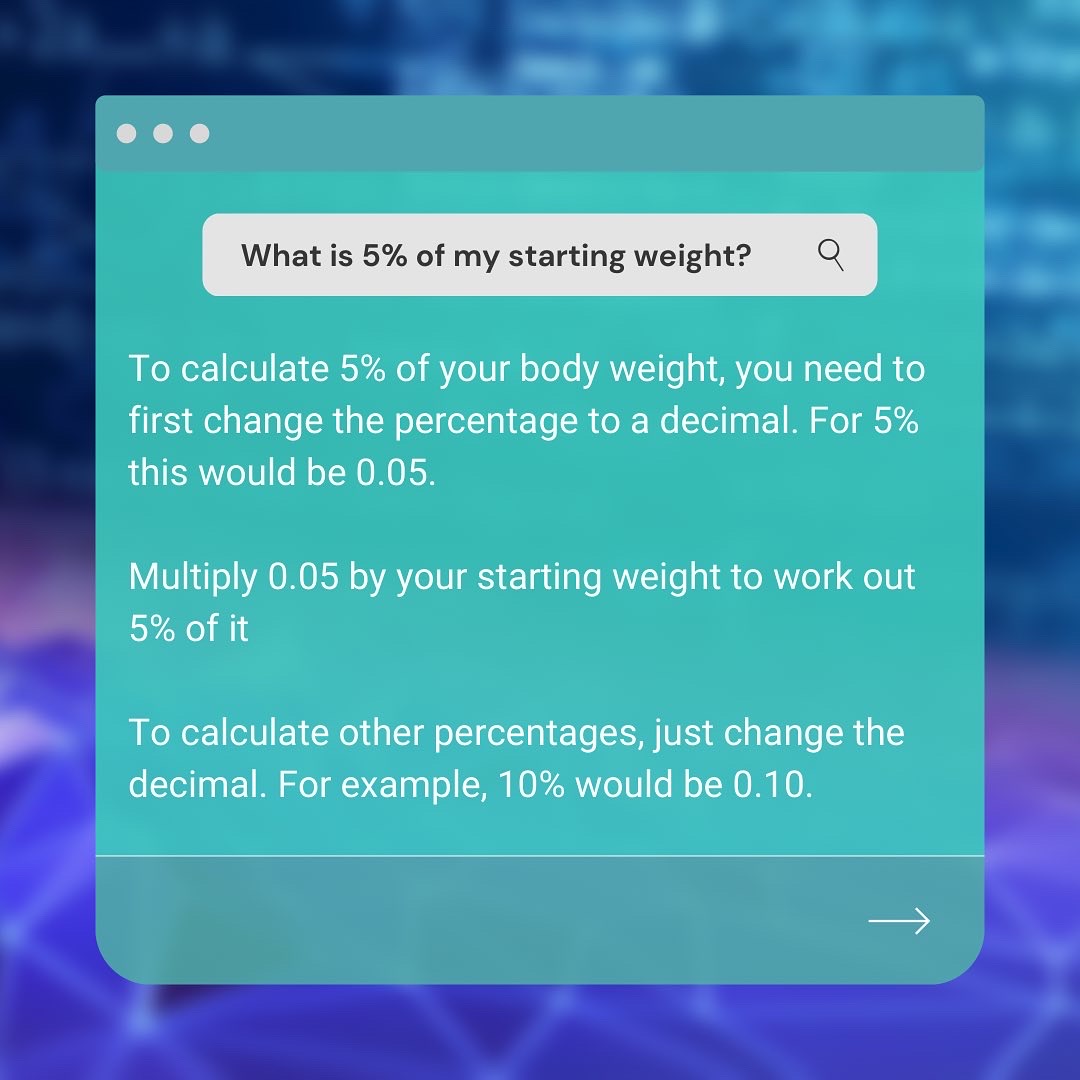
Before we actually make the calculation, we have to convert 5% into a decimal.
This would be 0.05. Therefore, the sum becomes 0.05 * 254 = Y. Y in this scenario would be 12.7.
As we’re working in lbs, this means that 12.7lbs is 5% of 270lbs.
To use the same sum for other percentages, just change the decimal!
For example, 10% would be 0.10, 15% would be 0.15 etc.
It’s important to know how to calculate certain percentages when it comes to weight loss.
This is because some weight management treatments stipulate that you must have lost a certain percentage of weight to continue with treatment.
With Semaglutide, it’s generally recommended that you should lose at least 5% of your body weight within 12 weeks of being at a therapeutic dose.
This is 20 weeks in total when you include the titration period.
You should calculate 5% of your body weight before you start trying to lose weight.
This should give you a guide of the minimum you should aim for within 3-4 months. This is achievable for most people.
How to calculate weight loss per week
If you want to calculate your weekly weight loss, you’ll need to weigh yourself every week.
It’s best to weigh yourself at around the same time each week for accuracy, but a day either way shouldn’t make too much of a difference.
Ideally, you should use the same scales and weigh in the same spot each week for the most accurate result.
Some people prefer to use public scales that are available in some pharmacies.
These usually charge a nominal fee depending on the measurements that you’re wanting.
Some machines can even calculate your BMI.
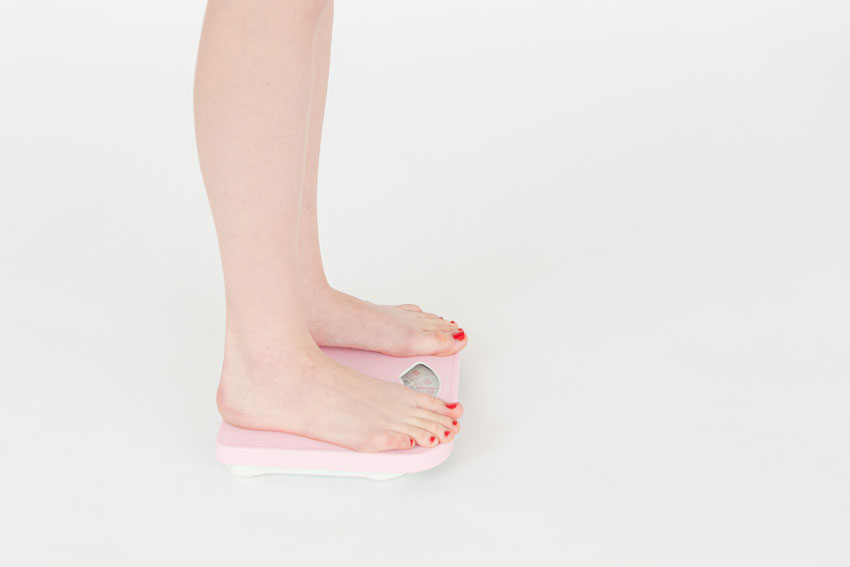
Weekly weigh-ins allow you to monitor your progress to make sure that you’re losing a healthy amount of weight.
It should help you to detect any changes or plateaus sooner than if you weighed monthly.
You should try not to weigh every day. Your weight can fluctuate day by day.
Tracking your weight loss per week should give you a more accurate picture of your journey so far.
How to figure out percentage of body weight loss
Another calculation you might need is working out the percentage of what you’ve already lost.
This is important when it comes to your goals and seeing how far you’ve come.
Let’s use the same example starting weight from earlier to keep things simple – 254lbs.
Imagine you reach week 12 and you’ve lost 22lbs in total. What percentage of 270 is 22?
For this, we need another formula:
Y / X = P%
Y is the weight that you’ve lost so far. In this case, 22.
X is your starting weight, so for us, it’s 254
The sum then becomes 22 / 254 = P%.
This is where things can get a little bit confusing, usually when you make this calculation, you’ll be given a decimal.
You should multiply this by 100 to find the percentage. In our example, this would mean that P% = 8.66%
This means that 22lbs is 8.6% of 270lbs, and the percentage of weight that’s been lost so far!
If you have concerns about meeting your targets for weight loss percentages, please speak to your prescriber at your next consultation. They may be able to give you more tailored advice.
How to track weight loss
You can track your weight loss each month when you have your consultation with myBMI.
However, some people also use apps or other logging methods to track their weight loss.
You should choose whichever method is best for you and that you find easy to understand.
Most fitness trackers now have associated apps that allow you to update your personal details.
If you have one of these, it might be worth starting to log your weight so that you can see a visualisation of your progress.

There’s more than one way to track weight loss.
Most people tend to focus on the numbers on the scale, but you can also take body measurements and progress pictures.
These can help you to look back on how your body has changed.
As you see yourself in the mirror every day, you might not notice the changes that are happening.
Because of this, some people find progress photographs motivational.
You can also track your weight loss alongside your food diary in certain apps such as my fitness pal.
This can also be integrated with a lot of modern fitness trackers for a comprehensive overview of your health.
Whilst it’s not healthy to become obsessed with this data, it can help in guiding you along a healthy pathway and increasing your awareness of your energy expenditure.



